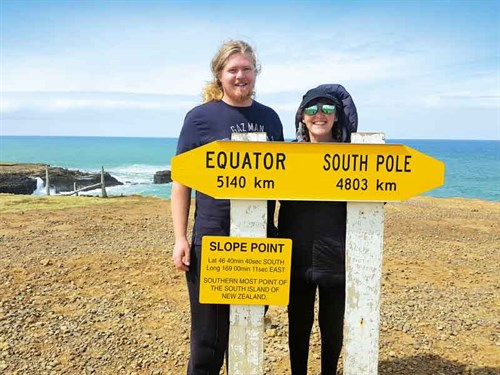Still, before we went travelling, I had never heard of the Catlins either. But thanks to the motorhoming groups we belong to on Facebook, we learned of this unique and special area.
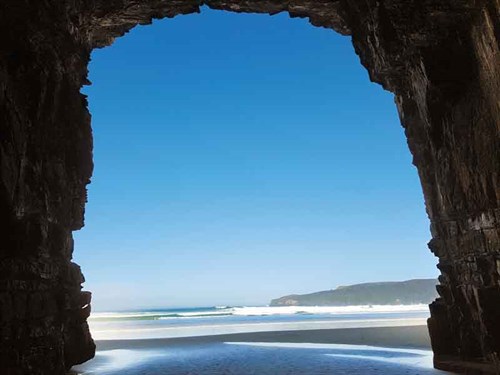
While Milford Sound would have to be unquestionably my favourite place in New Zealand, the Catlins is just as spectacular, albeit in a different way.
What and where is the Catlins?
The Catlins lies between Balclutha and Invercargill, which is sort of between the Otago and Southland region. It covers vast areas of farmland, but it is unlike any other farmland I’ve ever seen; it’s staggeringly beautiful. There are mountains, rainforests, beaches, lakes, you name it and it’s got it.
The Catlins has more things to do than any other area we’ve come across. Where else in the world can you see sheep grazing on one side of a hill and sea lions and penguins flip-flopping and hopping about on the other? We were so exhausted after a week there that we couldn’t take in anymore; we had seen so much.
When you head into the Catlins, especially from the Dunedin end, it’s hard to know where to start. There is so much to do, you can barely go more than a few kilometres at a time without coming across a different and exciting spectacle.
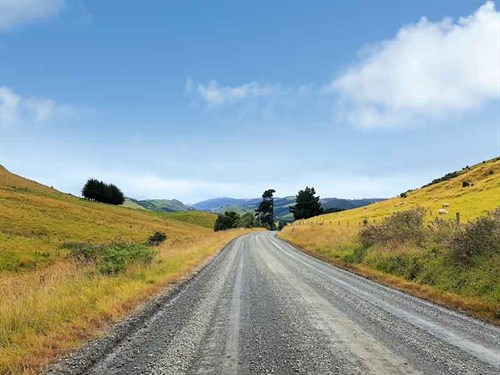
We were advised to allow at least three days in the area, which I would definitely recommend if you want to see the best of the sights. The Catlins is not a place you want to rush through, particularly when much of the time you’re driving on gravel roads. Take your time and enjoy.
Plenty of places to stay
One of the things we really enjoyed about the Catlins is that almost all the activities in the region are free, making it an economical place to visit. It also has a great range of low-cost accommodation for everyone. If you are an NZMCA member, there is a member-only campground at Niagara, or a POP at Kaka Point, both of which come highly recommended.
There is also a gorgeous DOC camp right on the beach at Purakaunui Bay, with a picture-postcard view of the ocean, surrounded by cliffs and unusual rock formations. We spent the duration of our stay at a family-run campground called Hillview, just a few kilometres from the main town of Owaka. The location was convenient and close to most of the main attractions.
For $10 a night, you had all the facilities you could possibly need and the family even makes home-cooked scones with jam and cream for campers every Friday. Throw in some picturesque rural views with glorious sunrises and sunsets into the bargain and you have a lovely and peaceful place to stay.
Wildlife Galore
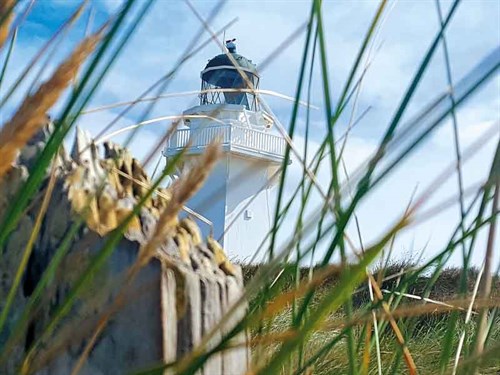
To date, every time we’ve been to the Catlins, we’ve seen seals of every variety and description. On a recent visit to Waipapa Point, we were alarmed to see what appeared to be a dead whale on the beach.
Until it snorted loudly and we realised on closer inspection that it was actually an elephant seal—what an enormous and rare sight to behold! It goes without saying that one should observe these creatures quietly from a respectful distance, however, they are usually far too busy sleeping to take much notice of humans.
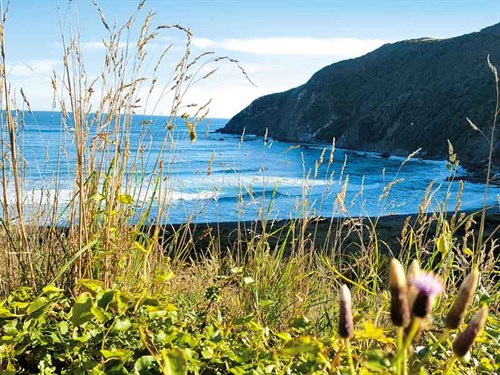
It’s such a huge privilege to be able to wander around these peaceful creatures in their natural habitat. While we’ve never been lucky enough to see yellow-eyed penguins, they are a common sight at Nugget Point and nearby Roaring Bay when they come into shore at the end of the day.
Dolphins are frequent visitors to Curio Bay and come in close to the shore, as some friends of ours discovered to their delight on Christmas morning when they went for a swim and found they had company.
Spectacular scenery
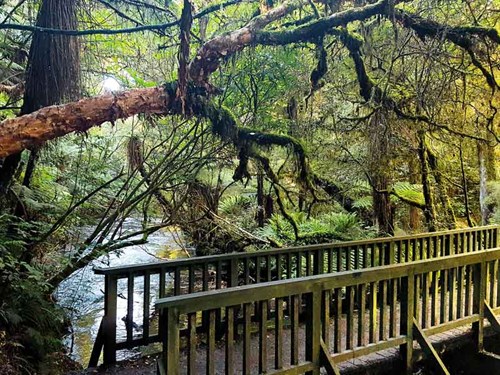
The Catlins is home to some incredibly beautiful waterfalls and there are some lovely walks through the rainforests to get to them. One of the things we like best about the Catlins is so much of the area is dog friendly, which makes such a refreshing change.
Minnie absolutely loved it there and was clambering over rocks and climbing up waterfalls with us! It was a really special time for all three of us. As usual, our favourite places were the ones off the beaten track (who am I kidding? Almost everywhere in the Catlins is off the beaten track!).
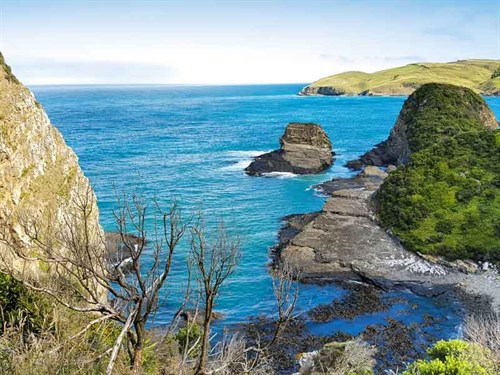
Standouts for me were the Purakaunui Falls, as well as the McLean Falls, which are both very different but equally as majestic. I also loved the walk to Jack’s Blowhole, which is unusual as it is 200 metres out to sea. Gareth didn’t find the short but steep uphill hike quite so enjoyable but even he couldn’t deny the views were worth the effort!
The Catlins really does have it all, from shipwrecks and caves, to pastoral landscapes and coastal seascapes, with many a feathered and flippered resident in between. If it hasn’t made it onto your ‘to-do’ list yet, don’t delay any longer!
With so many stunning places to visit, it’s hard to know where to go first. Here are some of our top tips.
Seal hot spots. If you want to see seals, we have found Cannibal Bay, Surat Bay, and Jack’s Bay to be the most consistent. All three beaches are very different. Cannibal Bay is rugged and bleak, Surat Bay is serene, and Jack’s Bay is small yet adorable, where entire seal families hang out peacefully across the road from local houses. If you visit Surat Bay at low tide, you can see the wreck of the ship of the same name, which ran aground in 1874.
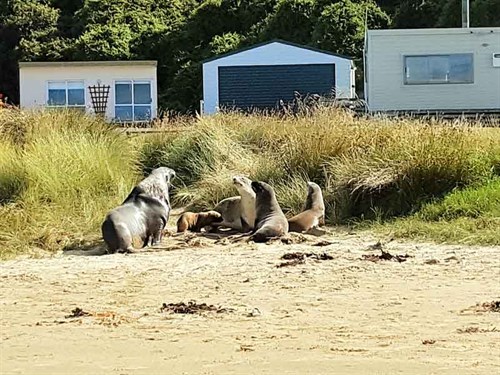
Check out the caves. The road to Cathedral Caves is only open for two hours a day at low tide. It costs $5 to walk there across Maori land and we advise getting there right on low tide in order to maximise your time. An extra tip; make sure you walk round the corner past the first two caves. There is a lot more to see than you think.
See the southernmost points. At the other end of the Catlins, near Invercargill, is Waipapa Point. A lighthouse was built there in the 1880s after many shipwrecks off the coast and is still active today. Further along is Slope Point, which is the southernmost point of the South Island. Closed from September to November for lambing, it is accessible via a short walk across farmland. Both places are well worth the visit.
